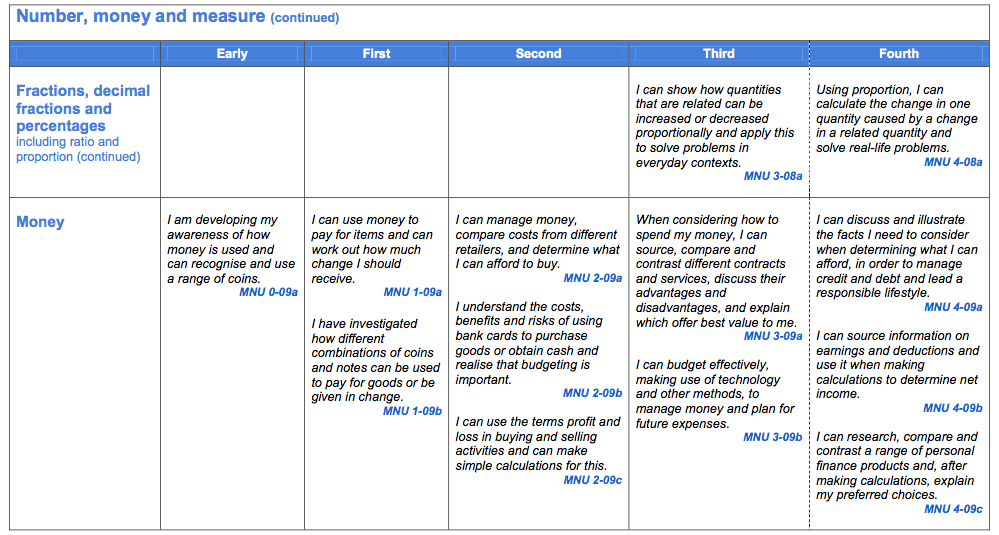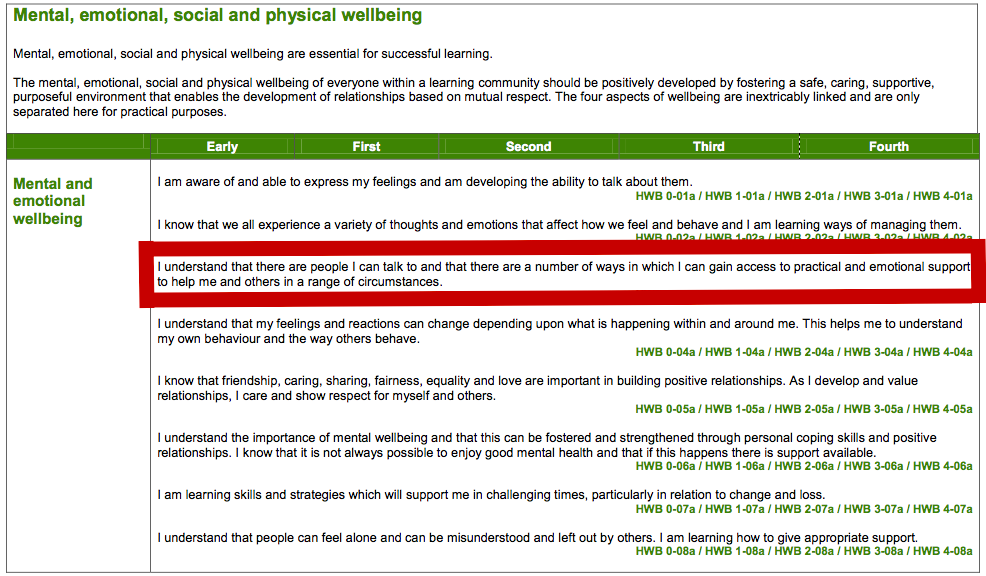Following what seemed like a never-ending pile of paperwork for my placement portfolio and an unfortunate trip to A&E, I have had little time to write a blog post that I felt did my placement justice. My intention was to blog throughout my time at the school however I was so busy that I needed time to collect my thoughts before combusting on the web! Consequently I gave myself a little bit of down time following my Viva before blogging about what I can only describe as the most rewarding but challenging experience of my teacher training to date.
I have already blogged about my experience in the pastoral team where my main responsibilities included ELSA sessions and promoting health and wellbeing throughout the school. With this in mind, I aim to describe my time in the different classes I was lucky to work in and how this experience has influenced my professional attitude.
Week One
Throughout the four weeks, following the Easter holiday, I worked in four different classes that allowed me to experience a range of different needs. During the first week, I was placed in a KS2 classroom where pupils had severe learning difficulties or profound and multiple learning difficulties. None of the children were verbal and they each had a very unique way of communicating.
Communication became a very strong focus throughout my placement as I found myself becoming more and more confident using non-verbal communication and sensory stimuli to motivate pupils to engage in communication. Initially I felt apprehensive as I did not know if I would be able to understand or be understood by pupils and meet their needs however after observation and getting as involved as I could, I was able to respond to the children confidently.
Most pupils communicated making small noises and murmurs and their body language indicated their emotions. For example, one pupil vocalised and smiled when he liked something or agreed with a member of staff and remained still and silent if he disagreed or disliked something that was being communicated to him. However not all pupils understood intentionality, that is when a person communicates either vocally or physically, with intention to provoke a response. I did a lot of one-one work with a pupil at this stage whilst other activities were being conducted with other pupils. An example of an activity I conducted to introduce the concept of intentionality was through massage. I tried a range of massage techniques on her hands in order to gain an idea of what she liked and disliked. Following every technique, I placed my hands in front of her hands at a distance and waited for a response. Eventually she realised that in order for me to continue the massage she must place her hands in my hands before I begun once again. Once she had realised this, I removed my hands and placed them in front of her, she then reached out to grasp my hands. This process demonstrated her the beginning of her understanding of the intentional communication.
Language acquisition has always been a topic of psychology that I have had a lot of interest in. Consequently, the development of intentionality and seeing for myself the progression of language acquisition in children with speech, language and communication delay was really fascinating. Throughout the placement I continued to observe different methods of communication and by the end of the four weeks I had been involved in Makaton, eye gazing, the pictorial exchange communication system (PECS) and AAC technology associated with eye gaze and PECS.
Week Two
The second week, possibly the most challenging of the four, was in an autism provision classroom. Once again, all communication needs were very different however all pupils used the pictorial exchange communication system to enhance their communication. PECS is a form of AAC and is made up of a range a symbols and words that allow the communicator to form complex phrases. PECS supports speech, but does not replace it. Once the symbols have been aligned on the PECS board, the pupils point to the various symbols and verbalise these to form a spoken sentence.
Although communication was a huge part of this classroom, due to the nature of the class I found myself observing behaviour and responses to the learning environment more than communication. I intend to write a separate post on autism provision later when I have had more time to research the associated behaviours and meeting their needs. I found that one week was not long enough to fully understand the pupils and respond appropriately and consequently I aim to find work experience in another autism provision unit to build on my understanding further. Despite this, I feel like I would know how to aid a pupil with a diagnosis of ASC in a mainstream classroom a lot more confidently by providing a high level of structure and low stimulus environment.
Week Three
During the penultimate week I was placed in an EYFS class. The EYFS environment was highly influenced by the likes of the Froebel and Reggio Emilia philosophy. There are certainly aspects of this practice I would consider using within my early years placement next year however there were also a number of factors that I would perhaps alter in order to enhance the play based learning. Consequently I will blog about this and how it impacted upon my educational philosophy in a future post.
Week Four
Similar to week one, my final week was with a KS1 PMLD classroom. Once again the pupils were non-verbal and as they were younger, their communication was a lot less advanced to those in the previous week.
Developing intentionality and cause and effect were key learning outcomes throughout the week. Switches were used frequently in activities to show the consequence of actions, known as cause and effect. An activity that demonstrated the development of intentionality within this class was baking treacle tarts. Pupils operated the switch in order to use the blender held by a member of staff. When they pressed and maintained the hold, the blender would turn on and when the pupil let go it would stop. Sensory stimuli are key to encouraging communication and participation in switch use. The teacher’s role is to facilitate opportunities for the use of switching or symbols throughout the day using a range of strategies.
Impact on my personal and professional attitudes
My learning for life placement has had a considerable impact on my educational philosophy and also my personal attitudes towards SEN teaching. I began the placement thinking that it would be beneficial to learn about the different SEN and how pupil’s individual needs are facilitated in a learning environment in order to apply this to a mainstream setting where I intend to teach. As a result of this placement I have developed a passion for the SEN setting and the rewarding nature of teaching and learning pupils with PMLD and SLD. Consequently I am now considering specialising in SEN following my probation year when I begin my Masters degree with the intent on teaching in an enhanced provision unit.
It is very hard to pinpoint one key aspect that I feel my placement has addressed and enhanced due to the diversity I experienced. As a result I revisited my placement proposal to see how the placement addressed my expectations of the placement and identified key learning that I will research in the next few months.
Firstly by exploring special needs education through observation, professional dialogue and academic reading I have developed my understanding of the needs of the pupils and the impact this has on curriculum content, communication and assessing academic progress etc. Communication has been the biggest focus for me throughout the placement as I was amazed by the variety of AAC that I had not even heard of before. I was able to communicate to all pupils in the classes regardless of whether they were verbal or non-verbal and was able to meet their needs accordingly. Following my placement I intend to do a course in Makaton signing and research more into PECS and Switching through academic reading.
I have looked into how the National Curriculum differs to the Federation’s ‘Learning Challenge curriculum’ and how this was created to develop an understanding of the processes of curriculum design and developing contexts for learning over the course of the 6 weeks. The major difference was that the child was very much at the centre of the learning and through topical learning each individual’s developmental needs were catered for. Planning and learning outcomes are different for every child and are decided during the annual review, an interagency meeting to discuss pupil progress. Consequently a baking lesson for one child may be focusing on their use of switching and developing an understanding of cause and effect whereas another may be focusing on their ability to reach an object. This means that teachers need to be flexible with lesson plans and understand the best ways to motivate pupils in order to meet their intended outcomes.
I have worked closely alongside the different professionals in order to gain a better understanding of their roles in promoting the well-being of every child and how interdisciplinary practice is achieved in the learning community. The experience has enhanced my understanding of interdisciplinary working and consolidated learning from the 2CM8 module. I have seen the importance of information sharing and experienced some of the boundaries that may be faced, regardless of the integrated facilities.
Another thing I have gained from the placement that I had not identified in my proposal is my ability to nurture. Although I believe I was a very caring teacher, I was always very cautious to be overly nurturing with pupils due to policies that need to be adhered to. In an SEN school, providing a nurturing environment is the teacher’s pivotal role and consequently I had to remove this barrier immediately. Pupils need to be welcomed with a warm, friendly personality in order to feel comfortable. Touch is important to evoke responses from children and develop their communication and therefore should be given with professional judgement. Teachers need to understand the needs of the child immediately and respond to these appropriately. Although the boundaries are different in a mainstream school, I will definitely be more comfortable being nurturing with a child in my future placements.
Following my placement, I will:
- Begin a course over the duration of the summer holidays in Makaton signing and research other AAC methods through academic reading.
- Consider ways in which I could support pupil’s emotional wellbeing and develop a nurturing environment.
- Research best practice in SEN schools through academic reading and journals and build on the learning I gained during my mini ROTR tasks.
- Continue to work on facilitating effective interdisciplinary practice during future placements, particularly with parents.








